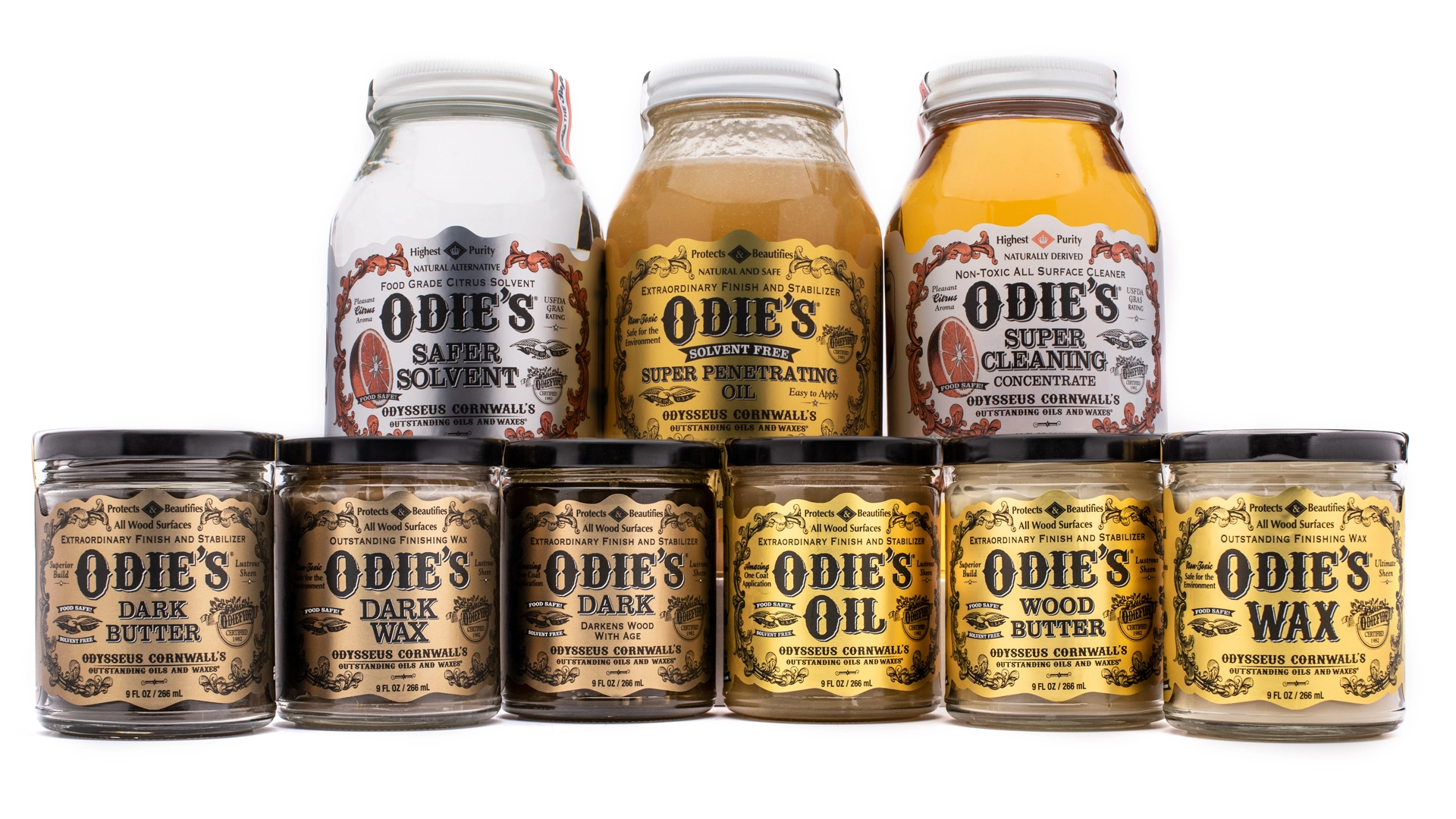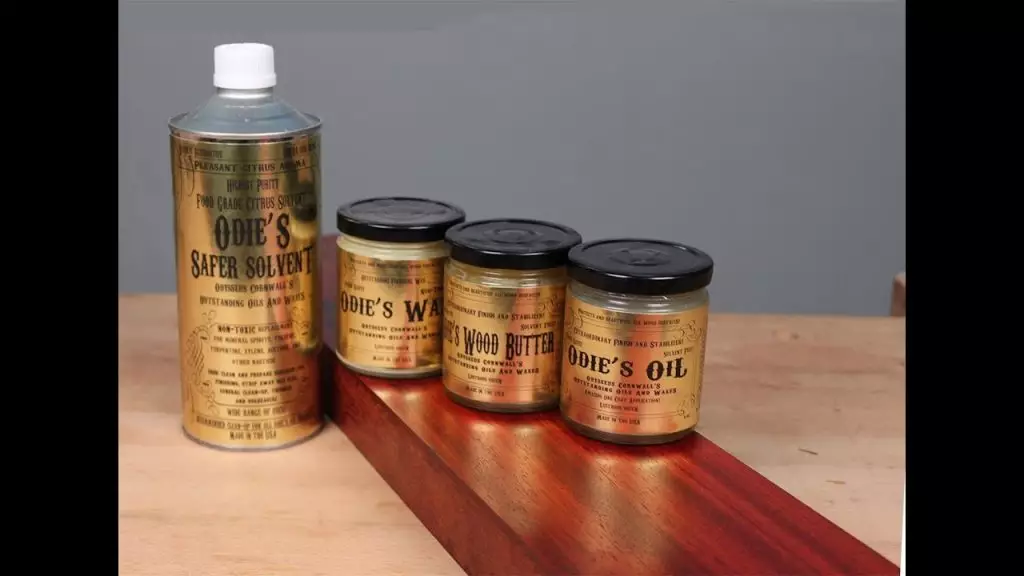Odies Oil Controversy- Can You Apply These Hard Wax Oil Finishes Over Stain?
Boats, glossy pieces, doors, floors, decks, gates, fine furniture, patio furniture, bowls, cutting boards, utensils, toys, and more are just a few of the great indoor and outdoor uses for Odie’s Oil.
Odie’s Oil: What Is the Consistency of Odie’s Oil?
The list is endless! Odie’s Oil also works as a friction polish and is great for woodturners. All ingredients in Odie’s Oil are food safe and contain no harmful chemicals or desiccants. Don’t worry about it! Families, children, and pets can safely use Odie’s Oil. Odie’s Oil is a unique combination of oils and waxes developed as a result of inspiration, hard work, and a burning desire to find solutions to the unique challenges of woodworkers.
Breakthrough products that outperform the competition are the result of over 30 years of research, development, and field testing in the harshest conditions. Using Odie’s Oil is easy. No need to sand or remove between coats or for touch-ups. Apply, dry and polish. Easy!
Recommended: Elon Musk believes world needs more oil and gas
What’s the Real Deal with Odie’s Oil vs Rubio Monocoat?
It’s no secret that most wooden surfaces look great when treated with wood wax. Additionally, after polishing a layer of wax, the wood has a satin finish to the touch. Odie’s Oil and Rubio Monocoat are two of his popular oil finish compounds that mimic the look and feel of hard wax finishes.
Both of these wax compounds apply much faster than traditional oil finishes (such as linseed or tung oil). As such, they provide each of us woodworkers with rapid techniques for finishing hardwood surfaces. But let’s be honest, there’s very little that separates these two great wood treatments.
Can You Apply These Hard Wax Oil Finishes Over Stain?
Hard wax oil finishes such as Odie’s Oil and Rubio Monocoat that penetrate wood leave a very little film on the surface. Both merge into a water-resistant, silky shell, but they’re not completely waterproof.
The Pros And Cons of Odie’s Oil And Rubio Monocoat Are Pretty Much The Same, What’s The Difference?
These two items can be used on stained wood. However, both work best when applied directly to bare wood. why? Because you need to dig deep into the wood for the best results. Wood stains penetrate the grain, giving the wood a pigmented color similar to most oil finishes.
In general, it is difficult to apply oil finishes to dirty surfaces. When the wood stain completely fills the pores, there is very little room for the oil coat to penetrate the wood, even if the oil finish does not stick very deeply (as opposed to being painted raw).
Some Frequently Questions
Q. Is Odie’s oil toxic?
A. Odie’s Oil contains absolutely no toxic chemicals, solvents, catalysts, VOC’s, allergens, or hardeners. Finishing that is safe for the whole family – gloves and masks are not needed, and it smells like a day at the spa.




